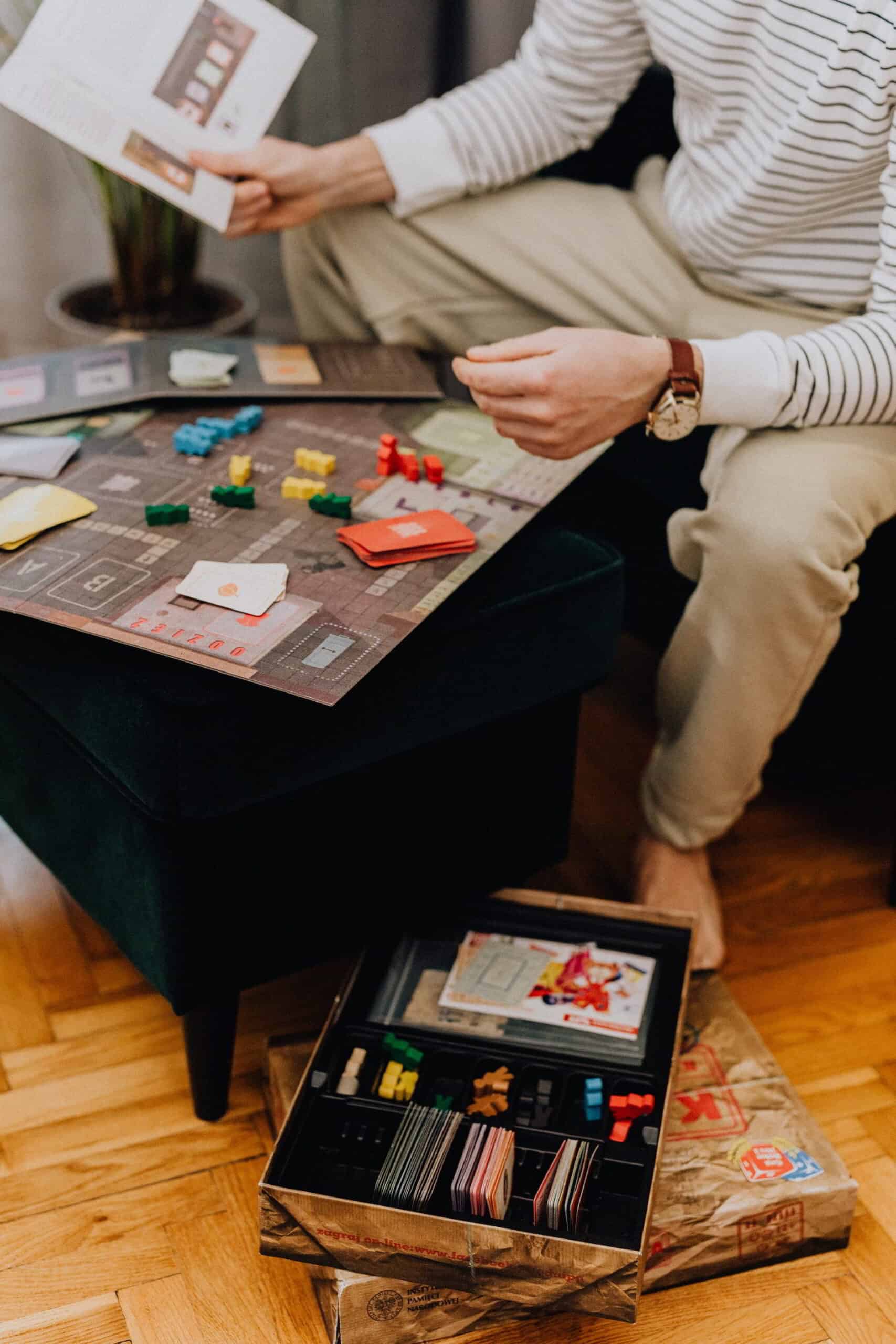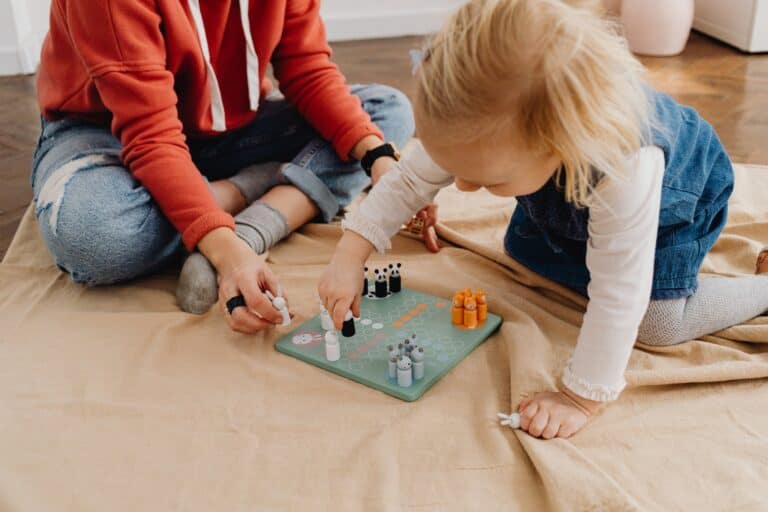Mastering the Art of Board Game Expansion: Breathing New Life into Your Game Universe
Introduction: The Power of Expansion
Board games, like any other form of entertainment, can benefit from thoughtful growth and expansion. The right add-ons and expansions can breathe new life into a successful board game, keeping players engaged and eager for more. They provide fresh challenges, introduce new strategies, and add layers of complexity that can make a familiar game feel new again. But how do you go about designing these game-enhancing elements? What strategies will help you prolong the life of your board game while keeping the gameplay fresh and exciting?
Albert Einstein once said, “Creativity is intelligence having fun.” In the world of board games, expansions and add-ons are where creativity really gets to play. They allow game designers to experiment with new ideas, mechanics, and themes, adding depth and diversity to the gameplay.
Understanding the Value of Expansions
Expansions and add-ons have a multitude of benefits for both game creators and players. For creators, they offer an opportunity to capitalize on a successful game, extending its shelf life and increasing its profitability. For players, they add variety and replayability, keeping the game exciting and engaging over countless play sessions.
From an economic perspective, expansions are a win-win. As the famous entrepreneur Richard Branson pointed out, “Business opportunities are like buses; there’s always another one coming.” The same is true for game expansions – there’s always room for one more, especially if it brings something new and exciting to the table.
The Art of Designing Add-Ons
Designing effective add-ons requires careful thought and planning. These elements should complement the base game, adding depth and complexity without overwhelming players or disrupting the core gameplay mechanics. They should feel like a natural extension of the game, seamlessly integrated into the existing framework.
A great add-on can revolutionize a game, but a poorly designed one can just as easily ruin it. As the legendary designer Dieter Rams put it, “Good design is making something intelligible and memorable. Great design is making something memorable and meaningful.”
Expansions: Adding Depth and Complexity
Expansions are a fantastic way to add depth and complexity to a game. They can introduce new gameplay mechanics, characters, scenarios, or objectives, giving players new strategies to explore and challenges to overcome.
Whether it’s a new deck of cards that adds a twist to the gameplay, a new map that changes the dynamics of player interaction, or a new storyline that immerses players in a fresh narrative, expansions can reinvigorate a game and keep players coming back for more. As the famous inventor Thomas Edison said, “There’s a way to do it better – find it.” This mindset is crucial when designing game expansions.
Spin-Offs: Exploring New Avenues
Spin-offs are another way to extend the life of a successful board game. They allow you to explore new themes, settings, and gameplay mechanics, while leveraging the popularity and recognition of the original game.
A spin-off should feel familiar yet distinct, offering a unique gameplay experience that sets it apart from the original. It’s a delicate balance, but when done right, a spin-off can become a successful game in its own right. In the words of Steve Jobs, “Innovation distinguishes between a leader and a follower.”
Conclusion: The Art of Game Expansion
**Mastering the art of game expansion can make a good board game
great, and a great board game unforgettable.** By designing strategic add-ons, expansions, and spin-offs, you can enrich the gameplay, introduce fresh challenges, and keep players engaged and excited. Remember, the key is to add depth and complexity while preserving the core gameplay mechanics that made your game a success in the first place.
Elon Musk once said, “When something is important enough, you do it even if the odds are not in your favor.” Designing board game expansions may seem daunting, but with careful planning and creative thinking, it can breathe new life into your game universe.
FAQs
What are the benefits of board game expansions?
Answer: Expansions increase a game’s replayability, add depth and complexity to gameplay, introduce new strategies and challenges, and extend the life and profitability of the game.
How can I ensure my game expansion is well-received?
Answer: To design an effective expansion, it should feel like a natural extension of the base game. It should add depth and complexity without overwhelming players or disrupting the core gameplay mechanics.
What’s the difference between an add-on and an expansion?
Answer: While both add-ons and expansions enhance the base game, expansions typically introduce new gameplay mechanics, characters, or objectives, while add-ons usually offer additional components or game elements without altering the fundamental mechanics.
What is a board game spin-off?
Answer: A spin-off is a standalone game that is derived from or based on a pre-existing game. It explores new themes, settings, and gameplay mechanics, while leveraging the popularity and recognition of the original game.
How can I ensure the longevity of my board game?
Answer: Regularly introducing new content such as add-ons, expansions, and spin-offs can prolong the life of your board game. Keeping the gameplay fresh and exciting encourages continued player engagement.
Keywords: board game expansion, game design, add-ons, spin-offs, game longevity, replayability, gameplay mechanics, game universe
Personal Anecdote
I remember when I first fell in love with board games. It was an old, well-worn copy of Monopoly at my grandparents’ house. Over the years, I’ve played countless games, each with its unique charm and challenge. But the ones that truly captured my imagination were those that evolved over time – the ones with expansions and add-ons that kept the gameplay fresh and exciting. I’ll never forget the thrill of unboxing a new expansion for my favorite game, eager to discover the new strategies and challenges that awaited. It’s this passion for continuous evolution that drives my own game design process today. The joy of creating something that brings people together, sparks their imagination, and keeps them engaged for hours on end – there’s nothing quite like it.




